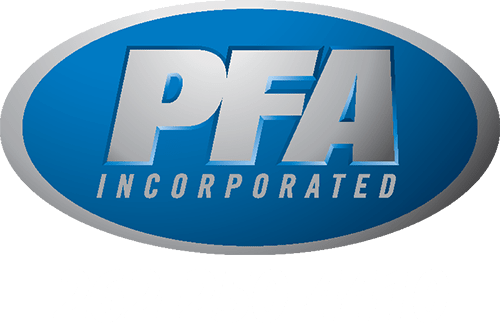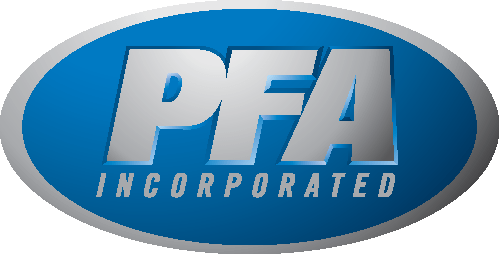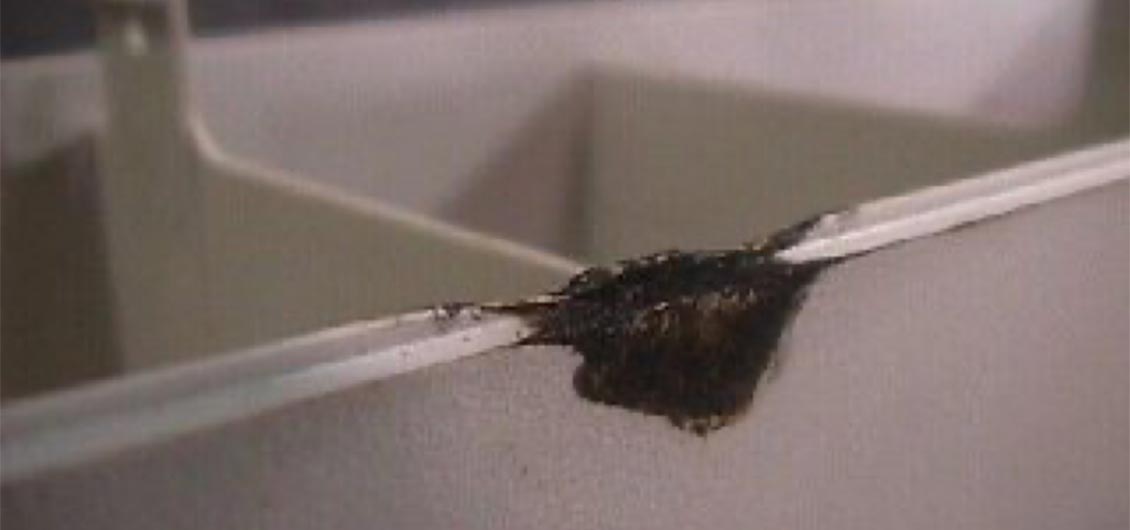Injection molding defects are often inevitable, and depending on the type of mold, various things could affect part quality. Typically, challenges are factors like material differences, ambient environmental impacts, machine changes, margins of error, and much more. Simply put, a variety of different things can cause injection molding defects; however, there are also small changes that can prevent many of them.
While many different potential injection molding defects can occur during a production run, some are more common than others. The team at PFA, Inc. has developed this list of the five common types of defects and some easy ways to prevent them or repair them – ensuring downtime is limited – and material waste is less impactful on the manufacturing budget. The ability to apply greater flow and injection pressure can often assist in improving performance; however, the increasing force can create new problems or flash. The ability to expand the processing window can be a significant improvement in managing these concerns.
Short Shot Molding
When injection molding results in an incomplete part, or the part not fully formed, it often results in short shot molding. In most cases, this occurs because the material is cooling too quickly and essentially blocks areas within the mold from being filled. Conversely, too much gas or air bubbles could also be causing short molding to occur. Vents along the parting line may be collapsed due to limited clamping surface or excessive clamp. To remedy this injection molding defect, manufacturers should try raising material and mold temperatures to improve flow while also focusing on better venting features to allow air to escape. Performing vent cleaning and clearing, or other mold maintenance, may also help reduce problem.
Flow Lines or Marks
Often caused by non-uniform cooling times or flow rates, as well as narrow part features, flow lines or marks often appear as discolored bands on the surface of a completed part – typically near the mold gate. Flow marks may also appear as an isolated version of flow lines that cause discoloration in small areas, but not the entire volume of the part. In most instances, these problems can be fixed by increasing the temperature, pressure or injection rate of the mold to eliminate irregular cooling or premature solidification of the material.
Air Pockets or Vacuum Voids
Once air becomes trapped inside of a mold cavity, it tends to create air pockets or vacuum voids in the part. As one of the most common injection molding defects, this problem can be identified by the presence of small air bubbles in the part’s construction or voids that occur near the surface.. One common remedy for this problem is to move the gate to the thickest portion of the mold to eliminate premature cooling; however, adjusting wall thickness of the part or increasing injection and holding pressure can also help move air to a vented location and remove air from the material.
Burn Marks
While burn marks do not always result in the rejection of a part, they are a cosmetic problems that could hinder the level of quality. Burn marks are typically created by overheating the material and trapping air at excessive temperatures within the mold or nozzle. Some common ways to eliminate burn marks include reducing cycle times by encouraging faster cooling, adding or cleaning vents to remove trapped air, lowering injection speeds or lowering the melt temperature of the material so the material does not reach burning temperatures.
Weld Lines
Materials traveling from two directions and meeting within a mold, they could potentially be creating “weld lines” due to varying cooling rates. Although commonly seen as an aesthetic issue by clients and injection molding manufacturers, weld lines could potentially cause problems due to poor material bonding , threatening the overall integrity of the product. Unfortunately, fixing this injection molding defect often requires mold reformatting. Multiple gating, higher flow rates, and gate resizing along with higher material temperatures, may improve merging, move lines to non-cosmetic locations, or provide more uniform cooling temperatures to bring materials together before solidification.
How can PFA help?
PFA, Inc. strives to ensure that injection molding manufacturers have the tools and resources needed to accurately evaluate complex problems and improve the mold processing window for easier troubleshooting and corrective actions. Improving mold performance is also helpful in minimizing material waste that could be occurring.
One of the best ways to create a larger operating window in pressure and flow is to hold mold components in place and prevent movement regardless of the internal pressure forces. PFA, Inc. has high performance Preloading and Locking cylinders that hold cores in position over a wide range of injection pressures – increasing the processing window and allowing for greater flexibility in pressures and velocities to improve part quality . For more information about the ways our products improve your plastic injection molding processes, visit our products page. For more immediate assistance, reach out at our contact us page.
Image from paralleldesign.com


